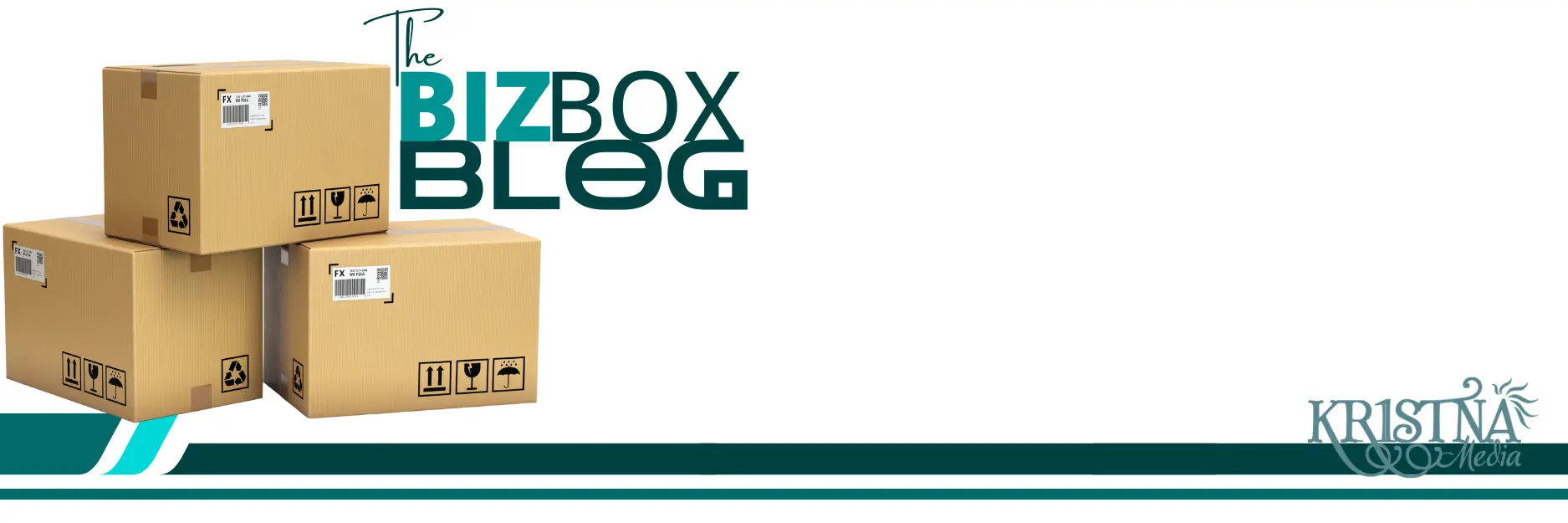
In today’s competitive market, businesses are constantly looking for ways to optimize their sales and marketing processes to drive growth. However, many still overlook the power of automation. As a consultant specializing in sales and marketing automation, I’ve seen firsthand how integrating the right tools and strategies can transform a business’s revenue trajectory. In this blog, I’ll cover essential insights and practical steps on leveraging automation to streamline operations, enhance customer engagement, and maximize ROI.
1. Understanding the Power of Sales and Marketing Automation
Sales and marketing automation involves using software platforms to automate repetitive tasks, such as email marketing, lead nurturing, and customer segmentation. By doing so, businesses can free up their teams to focus on high-impact activities, such as strategy development and customer relationship management.
However, the key to success isn’t just adopting any tool—it’s choosing the right tools that align with your business needs. Whether you’re using Salesforce, HubSpot, Pardot, or other platforms, the goal should always be to create seamless workflows that enhance the customer experience and drive revenue growth.
2. Choosing the Right Automation Tools for Your Business
Choosing the right tools starts with a clear understanding of your business goals and the specific challenges you face. Are you looking to improve lead generation? Do you need better insights into your sales pipeline? Or are you trying to reduce the time it takes to close deals?
For example, Salesforce and HubSpot are excellent for businesses seeking comprehensive CRM solutions with robust sales and marketing automation features. Meanwhile, Pardot is ideal for B2B companies focusing on lead nurturing and scoring. Conducting a thorough audit of your current processes and needs can help determine the best platform for your organization.
3. Building a Solid Foundation: Establishing a Buyer’s Journey
Once you’ve selected the right tools, the next step is to build a solid foundation for your automation strategy. This involves mapping out the buyer’s journey to understand how prospects move from awareness to decision-making. Define clear stages—such as awareness, consideration, and decision—and align your automation strategies with each stage.
For instance, during the awareness stage, focus on lead generation tactics like social media campaigns, educational content, and webinars. As prospects move to the consideration stage, nurture them with personalized email sequences, case studies, and demos. Finally, in the decision stage, provide compelling offers, testimonials, and direct calls to action.
4. The Role of Data in Automation: Measuring Success and Iterating
Data is the lifeblood of effective automation. To ensure your strategies deliver results, establish clear KPIs for each stage of the buyer’s journey. Monitor metrics like open rates, click-through rates, conversion rates, and lead response times to evaluate the success of your campaigns.
Regularly run reports to measure performance before, during, and after campaigns to identify what’s working and what needs improvement. Adjust your strategies based on the data, focusing on refining your messaging, targeting, and offers. Remember, successful automation is an iterative process that involves continuous testing and optimization.
5. Common Pitfalls in Sales and Marketing Automation
While automation can be a game-changer, it’s not without its challenges. A common mistake businesses make is focusing too much on the technology and not enough on the strategy behind it. Automation tools are just that—tools. Without a solid strategy, even the most sophisticated platforms won’t deliver the desired results.
Another pitfall is neglecting the human element. Automation should enhance your team’s ability to build relationships, not replace it. Make sure your messaging remains personalized and authentic, and empower your team to engage directly with leads and customers when appropriate.
6. Aligning Sales and Marketing: The Importance of a Service Level Agreement (SLA)
To maximize the effectiveness of your automation efforts, it’s crucial to align your sales and marketing teams. One effective way to do this is by creating a Service Level Agreement (SLA). An SLA defines the expectations and responsibilities of both teams, ensuring everyone is aligned on goals, lead quality standards, and follow-up processes.
For example, your SLA might specify that marketing will generate a certain number of qualified leads per month, and sales will follow up within a set timeframe. This alignment helps create a seamless experience for the customer and ensures that both teams work towards the same revenue goals.
7. Personalization at Scale: Using Automation to Enhance Customer Engagement
In today’s digital landscape, personalization is key to customer engagement. With automation, you can scale personalization efforts by segmenting your audience based on demographics, behaviors, and preferences. Create tailored content that resonates with each segment, and use automated workflows to deliver the right message at the right time.
For instance, you can set up email sequences triggered by specific actions, such as downloading a whitepaper or attending a webinar. This approach not only enhances engagement but also builds trust and loyalty, ultimately driving higher conversion rates.
8. Future Trends in Sales and Marketing Automation
As technology evolves, so do the opportunities for sales and marketing automation. AI and machine learning are becoming increasingly integrated into automation tools, offering enhanced capabilities for predictive analytics, lead scoring, and personalized content creation.
Voice search, conversational marketing, and the use of chatbots are also on the rise, providing new ways to engage customers and streamline the sales process. Staying ahead of these trends and adopting them early can give your business a competitive edge.
Taking the First Step Toward Successful Automation
Sales and marketing automation offers immense potential for businesses looking to optimize their processes and drive growth. By selecting the right tools, creating a solid strategy, and continuously measuring and refining your efforts, you can maximize your ROI and achieve sustained success.
If you’re ready to transform your sales and marketing processes, consider partnering with an expert to guide you through the complexities of automation. Remember, the right strategy today can lead to exponential growth tomorrow.

Ready to unlock the full potential of sales and marketing automation for your business? At KR1STNA Media, we specialize in crafting customized automation strategies that drive measurable results. Whether you’re looking to refine your buyer’s journey, enhance customer engagement, or align your sales and marketing teams, we have the expertise to help you succeed. Let’s connect and explore how we can elevate your business to new heights. Contact us today to schedule a consultation and start your journey towards greater efficiency and growth.


